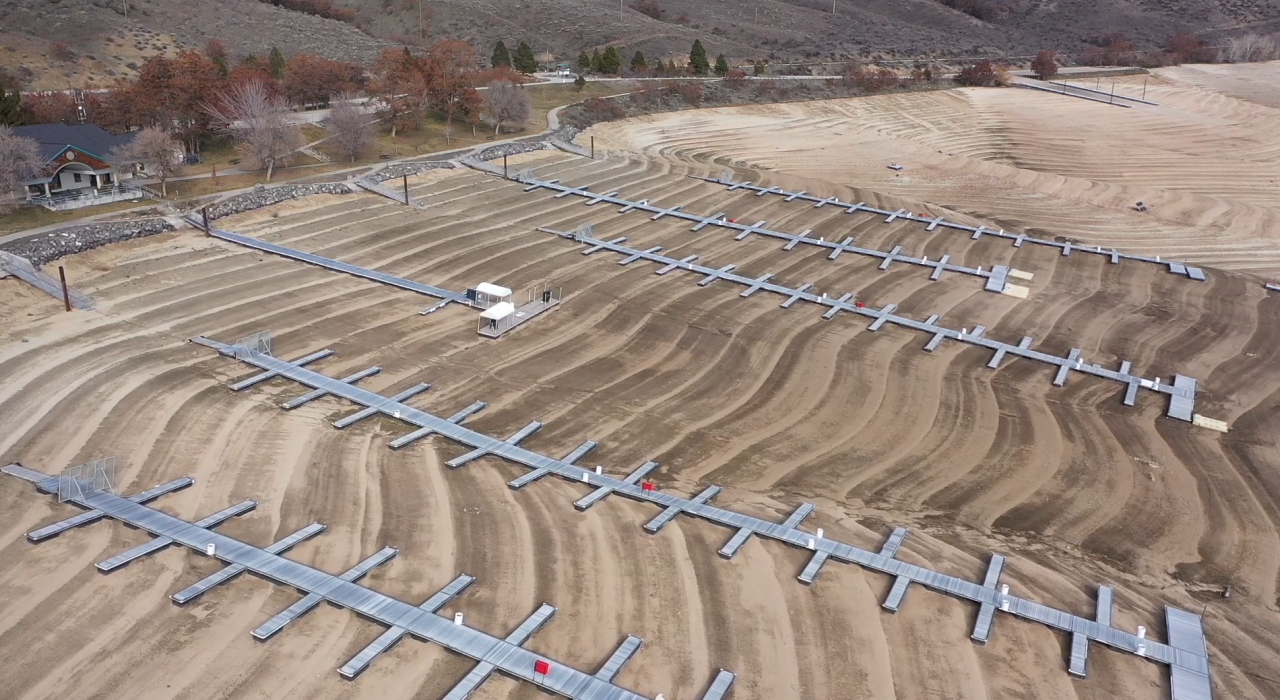LUCKY PEAK, Idaho — On Monday, the Army Corps of Engineers, the Bureau of Reclamation, and the Walla Walla District will begin to draw down Lucky Peak Reservoir to make room for next year's runoff while also fulfilling irrigation needs in downstream communities throughout the Treasure Valley and beyond.
Starting on August 18, water levels will drop a foot and a half per day for about 10 days and then 2 and a half feet per day for the next three to four weeks after that.
See what officials are saying in terms of timing for the Lucky Peak drawdown
Docks are estimated to be affected by August 23, and boats must be pulled out of the water by then.
"We do make phone calls and remind people, 'hey, it's getting close to when you gotta pull out your boat,'" said Bri Sabin, Assistant Park Manager for Lucky Peak State Park. "Every year, we usually have at least one person who waits a little too long, so hopefully we don't have that this year."
A release from the US Army Corps of Engineers says that water management officials aim to "reach a winter pool elevation of approximately 2,945 feet." The Boise River System, which includes the Anderson Ranch, Arrowrock, and Lucky Peak reservoirs, is currently at 65% of its total capacity. That number is right in line with historical carry-over capacity.

When asked how he feels about the drawdown, boating enthusiast Marcus Maltby said, "It goes a little too fast; they close it down. Some of the best weather is in September."
When asked what he thinks about those with irrigation needs downstream, Maltby joked, "We don't care about those people right now. To be honest with ya, it's about boating, isn't it? Nah, I get that."

"That 2,945 elevation provides us a safe capacity for next year's runoff," explained Christopher Silbernagel, US Army Corps of Engineers Operations Project Manager.
Drawdown schedules may be altered to accommodate irrigation demands as well as future precipitation.



